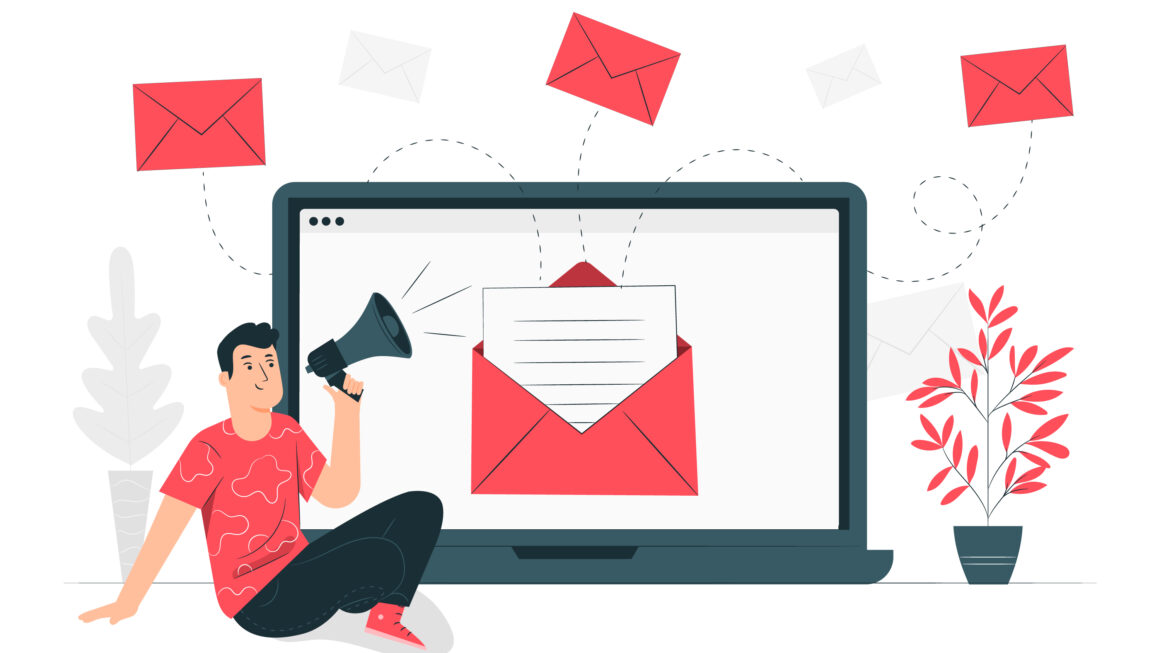Email marketing remains one of the most powerful tools for businesses to engage their audience, generate leads, and drive conversions. However, when it comes to building a robust email list, many marketers face a dilemma: Should they purchase an email list? While purchasing email lists can be a quick way to expand your reach, it comes with its own set of risks and challenges. To ensure your investment pays off without jeopardizing your brand reputation, here are the key do’s and don’ts of purchasing email lists.
The Do’s of Purchasing Email Lists
1. Do Research Reputable Providers
Not all email list providers are created equal. Reputable vendors offer high-quality, verified, and segmented email lists that comply with data privacy regulations. Before making a purchase, research providers thoroughly. Look for reviews, testimonials, and case studies that validate their credibility. Examples of reputable providers include APAC Leads, Quick Append, and Email Data Group.
2. Do Check Data Compliance
One of the most critical aspects of purchasing an email list is ensuring the data complies with regulations such as GDPR, CAN-SPAM, and CCPA. Ask the provider about their data collection methods and compliance policies. A trustworthy vendor will have no hesitation in sharing this information.
3. Do Define Your Target Audience
Before buying an email list, clearly define your target audience. Whether you’re targeting healthcare professionals, technology users, or legal professionals, ensure the purchased list aligns with your audience’s demographics, industry, and interests. Precision targeting will improve engagement and minimize bounce rates.
4. Do Start Small
When dealing with a new provider, start by purchasing a smaller segment of their list. This approach allows you to test the quality of the contacts without committing to a large expense. Analyze the engagement metrics such as open rates, click-through rates, and conversions before scaling up.
5. Do Use the List Strategically
When you acquire a purchased email list, use it to build awareness and initiate conversations. Design introductory email campaigns to introduce your brand and highlight its value proposition. Remember, these recipients might not be familiar with your business, so avoid hard-selling in the first interaction.
6. Do Validate and Clean the List
Even if you purchase a verified email list, it’s a good idea to validate the data yourself using email verification tools. This ensures you remove invalid or duplicate emails, reducing bounce rates and protecting your sender reputation.
7. Do Personalize Your Outreach
Personalization is key to increasing engagement rates. Segment the purchased list based on available data points such as industry, job title, or location. Craft personalized email content that resonates with each segment to build trust and relevance.
8. Do Monitor Metrics and Adjust
Once you launch your campaigns, closely monitor metrics such as open rates, click-through rates, and unsubscribe rates. Use these insights to optimize your campaigns, refine your messaging, and improve future results.
The Don’ts of Purchasing Email Lists
1. Don’t Buy From Unverified Sources
Avoid vendors that offer cheap email lists without transparency about data sources. Such lists often include outdated, irrelevant, or even fake contacts. Using these can lead to high bounce rates, low engagement, and potential legal trouble.
2. Don’t Ignore Data Privacy Regulations
Sending unsolicited emails to purchased contacts without their consent can lead to hefty fines and damage your brand’s reputation. Ensure the email list complies with regulations like GDPR, which mandates obtaining explicit consent from recipients.
3. Don’t Skip the Warm-Up Process
Jumping straight into promotional emails can alienate recipients. Instead, start with a gentle warm-up process. Introduce your brand, share valuable content, and invite recipients to opt into your future communications.
4. Don’t Overwhelm Recipients
Flooding recipients with multiple emails in a short span can lead to unsubscribes and complaints. Space out your emails and focus on delivering valuable, relevant content that builds trust over time.
5. Don’t Neglect Your Sender Reputation
Sending emails to an unverified or low-quality list can harm your sender reputation. Email service providers may flag your emails as spam, reducing deliverability rates. Always maintain a clean and engaged email list.
6. Don’t Overlook Segmentation
Treating a purchased email list as a one-size-fits-all solution is a recipe for failure. Without proper segmentation, your emails may come across as generic and irrelevant, leading to poor engagement. Leverage available data to create targeted campaigns.
7. Don’t Forget to Test Campaigns
Launching a campaign without testing can result in costly mistakes. Perform A/B testing on subject lines, email content, and CTAs to identify what resonates most with your audience.
Conclusion
The decision to purchase an email list should not be taken lightly. By focusing on reputable providers, compliance, and strategic usage, you can turn a purchased list into a valuable asset. At the same time, balancing it with organic list-building efforts will ensure sustainable growth for your email marketing campaigns. Always remember, the quality of your list and your approach to nurturing it will ultimately determine your success.



